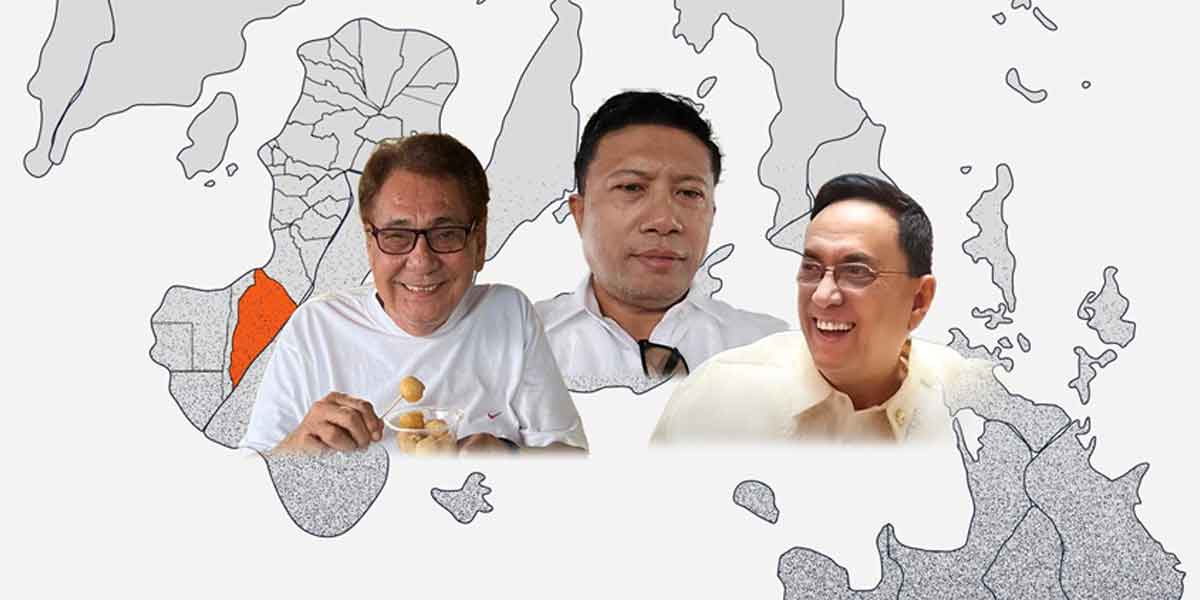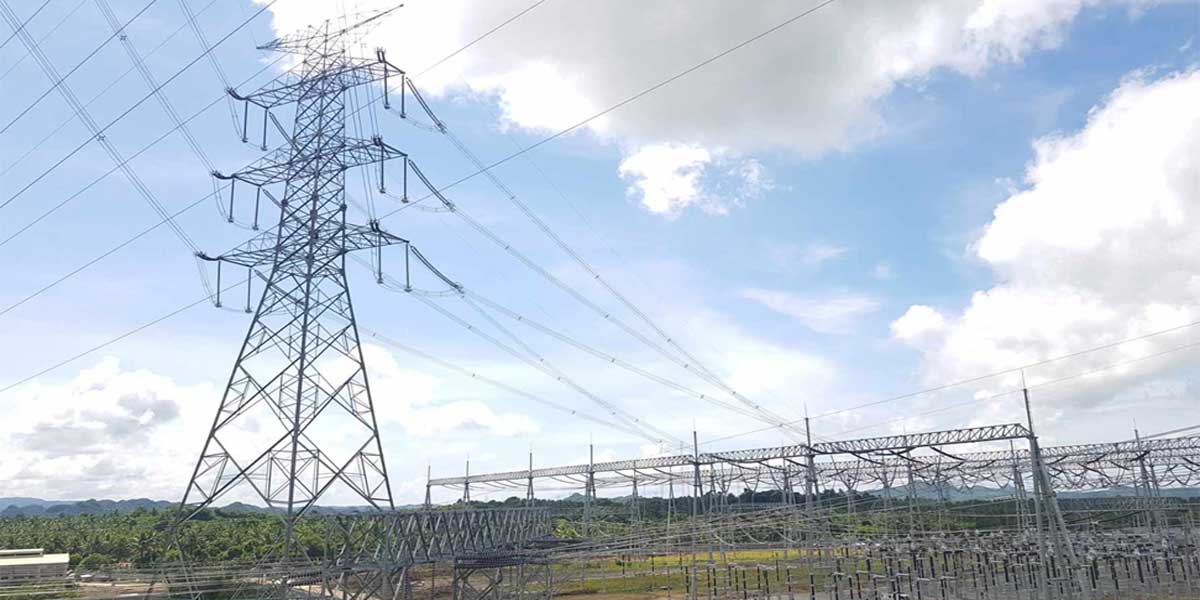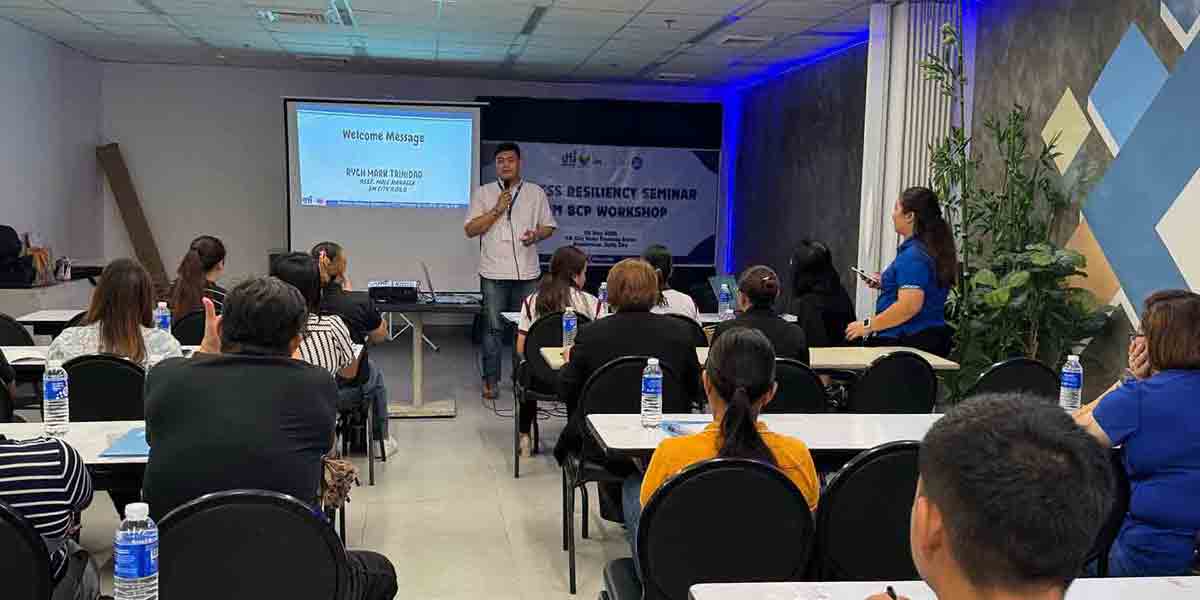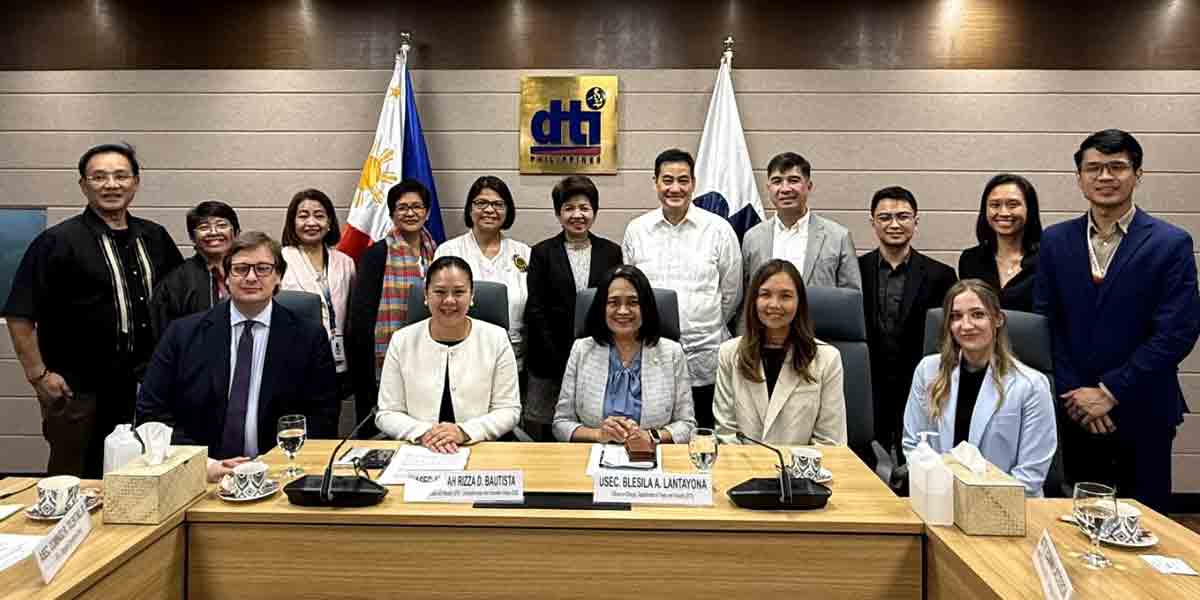By Stefano Paolo Buñag
“With climate change and with the effects [as well as] increasing overpopulation, we expect that we will experience more and more of these historic flooding events. For flood control to work, we must do our part in maintaining our canals and waterways, and in recycling and properly disposing of our garbage,” – President Ferdinand “Bongbong” Marcos Jr.
In a recent trip to New York and California, it was clear that recycling and segregation on the consumer level has become the norm. In homes, there are specific bins for segregating compostables, recyclables and those that will go to a landfill. In one county in California, the use of these bins are mandated by the county government. There is a fee for the use of the large garbage bin for the land fill bound garbage but the use of the large bins for compostable and recyclable materials are free as long as you segregate them properly.
On the street, properly labeled garbage bins with infographics of what materials go into which bin appear in almost every corner. Usually there are three, but there are some cities that have up to five bins. On one particular evening, we passed by huge bags of segregated plastic bottles and soda cans. My initial thoughts were about the large amounts of drinks consumed. But after some reflection, I was amazed that they were properly segregated, ready for recycling.
Why does this matter?
The Need for Systems that Work
There are systems in place. Government ENFORCES these systems. Consumers comply – generally. Does this stop problems such as flooding? Not entirely. But it helps in ensuring that those loose materials that can clog the drains and cause floods are, at the very least, lessened. It also helps keep most of the garbage out of waterways and public spaces.
In the Philippine setting, we do have systems in place. Flood control systems are being updated in a lot of areas. Is it a question of proper and consistent ENFORCEMENT? A question of Maintenance? Or is it a question of the community’s buy in? Or a mix of all of the above? I remember a conversation I had with a commissioner of the National Solid Waste Commission about their program with the MMDA that provided garbage bins in a community hoping to jumpstart segregation along the esteros. The program worked for about a month or two before the bins went missing.
The Promise of EPR
There is a lot riding on the Expanded Producer’s Responsibility law (EPR law) that took effect on August 12, 2022. In a recent update on the implementation of the EPR law during the Packaging Institute of the Philippines’ Sustainability Forum held last June 21 to 22, 2024, Commissioner Joseph Ross Jocson, the Private Sector Representative for Manufacturing, Packaging And Obliged Enterprises of The National Solid Waste Management Commission, there are 129 Obliged Enterprises that have registered to date. Audited rigid and flexible plastics are at 337 Million units with 130 Million units (audited) have been diverted from land fills. That means 38.58% should have been sent to recycling and up-cycling facilities. We are statistically within the prescribed minimum targets set for the recovery of plastic product footprint under the EPR law.
While this is definitely a big plus for waste management initiatives in the Philippines, we can still improve on this. Plastics are not the only materials reaching our rivers, seas, mountain trails, etc. The uptrend in waste management in terms of the EPR law must crossover to other materials – not just plastics.
Diversion Story
With the EPR law gaining ground, is the Philippines ready to recycle the materials recovered and recycled? The answer is yes and no. It’s complicated.
A simple google search for recycling companies in the Philippines brings up a list of recycling companies catering to different materials. Some recyclers are within and under manufacturing companies that recycle their own pre-consumer waste. Others focus on post-consumer waste.
Local plastic manufacturer Manly Plastics inc. initially focused on their preconsumer wastes, palletize them and use them to create plastic pallets, chairs, etc. Recent efforts focus on including post-consumer waste in aid of the EPR law.
Corporations have also enlisted and even set up their own recycling facilities. One example is Coca-Cola’s PETValue Philippines, located in General Trias in Cavite – a partnership with Indorama Ventures. This facility takes in post-consumed PET materials of any brand to recyle for the supply of rPET that they currently use for some of their product lines.
So yes, the Philippines is ready for recycling. There is awareness and willingness to recycle in all fronts – Government, Industry, Community. But why are recycling rates still low? Even with industry and corporate support, recycling infrastructure is still hard to come by. Costs in construction, technology, electricity, transport are a few of the issues that need to be addressed. Aside from these issues though, the biggest problem area is the collection and supply of the post-consumed waste.
We need to do our part as well. It is not enough to say that we need to recycle. We must have a change in mindset. We must initiate cultural change. We have to segregate. We have to educate. Our diversion and recycling story is just beginning. There is promise. But we have a lot of catching up to do.
Can We?
This is up to us. Can we change? Can we respect the programs set and be disciplined enough to comply? Can we leave the bins where they are and let them serve their purpose? Can the government properly enforce the system they put in place?
In several World Packaging Organization board meetings and talks focused on packaging waste, one quote stuck with me. “Packaging waste, or any waste, won’t end up where they are not supposed to be if we don’t put them there”. Let’s get to work.






















